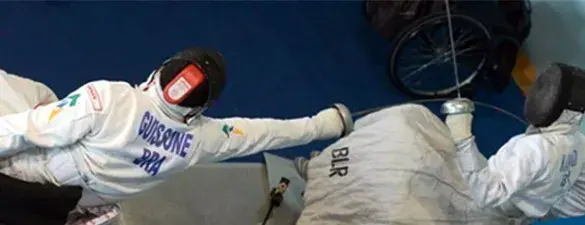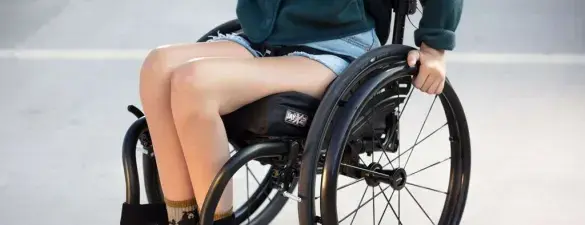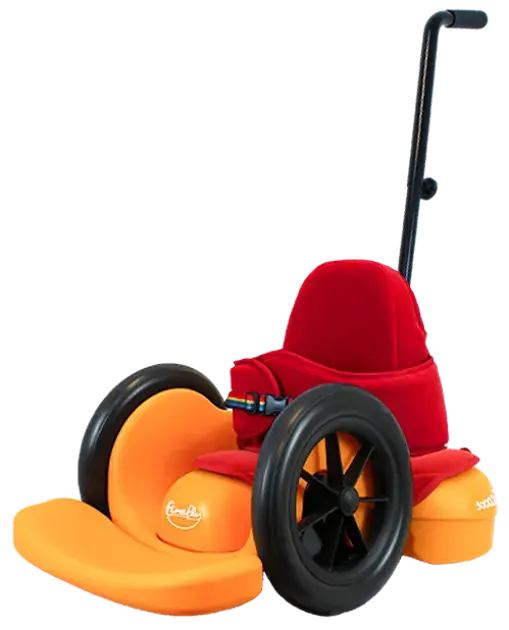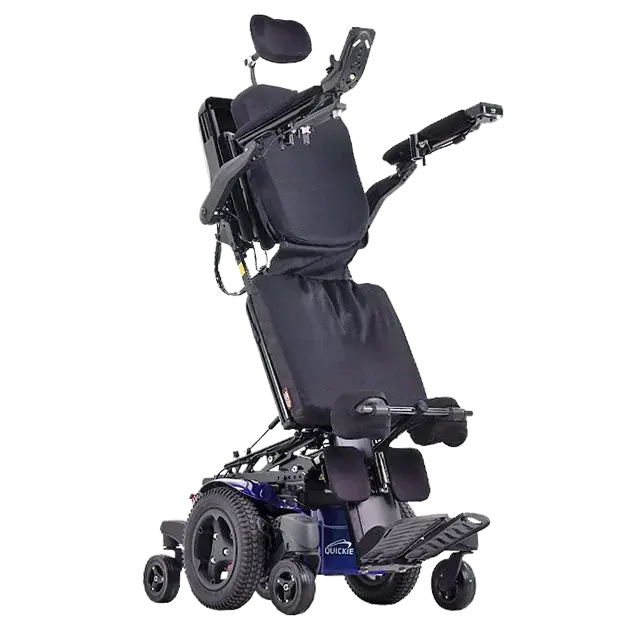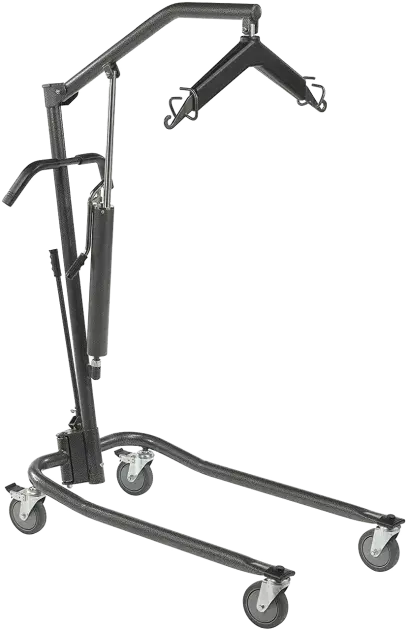
Do You Know How Wheelchair Fencing is Practiced?
Fencing is a combat sport in which the athletes must try to touch each other with a bladed weapon: a saber, an epee, or a foil. The only difference between Olympic and Paralympic fencing is the use of a wheelchair.
Wheelchair fencing was first practiced in the Paralympic Games of 1960 in Rome. Adapted fencing was developed by Ludwig Guttman at the Stoke Mandeville Hospital, in England, where the British soldiers that had been injured in the Second World War were recovering.
Participants:
Only people with motor disabilities who use a wheelchair can participate. The most usual disabilities are: paraplegia, amputations, congenital malformations and vascular damage.
Equipment:
A fencing mask, a fencing jacket and protective gloves must be used, apart from the weapon. Wheelchairs are fastened to the floor so that fencers have more freedom of movement in the trunk and upper extremities.
Rules:
The piste, or strip, is 4 meters long and 1.5 meters wide. The fencers are connected with special sensors to an electronic system of punctuation that indicates whether a touch is valid, and, after that, the referee determines whether a point must be awarded, and, in case of a double-touch, to which of the athletes.
Punctuation:
One point is awarded each time a fencer touches the opponent with the weapon. The bout finishes when one of the athletes scores five hits or when the bout reaches the maximum time of 3 minutes.


